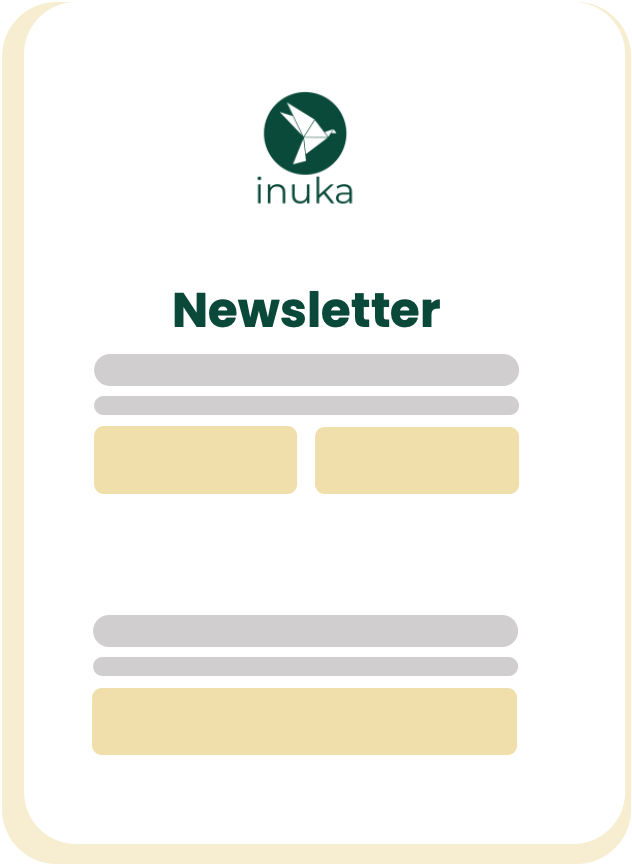Preventive coaching helps employees before problems develop, creating higher satisfaction by reducing stress, building confidence, and making people feel valued. This proactive approach addresses workplace challenges early, leading to better employee wellbeing and stronger engagement. The key difference from traditional support is timing – preventing issues rather than fixing them after they occur.
What exactly is preventive coaching and how does it work?
Preventive coaching is a proactive approach that supports employees before workplace challenges become serious problems. Unlike traditional coaching that responds to existing issues, this method identifies potential difficulties early and provides tools to handle them effectively.
The approach works by creating regular touchpoints with employees through structured conversations, skill-building sessions, and ongoing support. Coaches help people develop resilience, communication skills, and stress management techniques before they face difficult situations. This might include helping someone prepare for a challenging project, navigate team dynamics, or manage increased responsibilities.
The methodology focuses on building personal resources and coping strategies. Rather than waiting for burnout, conflict, or performance issues to emerge, preventive coaching strengthens employees’ ability to handle workplace pressures. It creates a foundation of skills and confidence that people can draw upon when challenges arise.
This type of workplace coaching typically involves regular check-ins, goal setting, and skill development tailored to each person’s role and potential stressors. The process is collaborative, helping employees recognise their strengths while developing areas that could become problematic without support.
Why do employees become more satisfied when they receive preventive coaching?
Employees feel more satisfied with preventive coaching because it demonstrates their organisation values their wellbeing and growth before problems occur. This proactive support creates a sense of being cared for and invested in, which directly improves their workplace experience.
The psychological impact is significant. When people receive support before they struggle, it builds their confidence and reduces anxiety about future challenges. They feel more prepared to handle difficult situations, which decreases stress and increases their sense of control over their work environment.
Preventive coaching also improves work-life balance by helping employees develop better boundaries and time management skills. People learn to recognise early warning signs of stress and have strategies ready to address them. This prevents the cycle of overwhelm that often leads to dissatisfaction and burnout.
The personalised attention inherent in coaching makes employees feel seen and heard. Having someone focus on their development and concerns creates a stronger connection to the organisation. This sense of belonging and support translates directly into higher employee satisfaction and engagement levels.
What workplace challenges can preventive coaching actually prevent?
Preventive coaching can address stress management, communication difficulties, leadership challenges, and burnout before they impact performance or wellbeing. It also helps with career development obstacles, team conflicts, and adaptation to organisational changes.
Stress-related issues are among the most common challenges prevented through proactive coaching. Employees learn to recognise stress signals early and develop healthy coping mechanisms. This includes time management techniques, boundary setting, and strategies for handling workplace pressure without becoming overwhelmed.
Communication problems often escalate when left unaddressed. Preventive coaching helps people develop better interpersonal skills, conflict resolution abilities, and ways to express concerns constructively. This prevents misunderstandings from becoming major workplace issues.
For emerging leaders, preventive coaching addresses common leadership challenges before they impact team performance. This includes developing delegation skills, learning to give feedback effectively, and building confidence in decision-making roles.
Career stagnation and unclear development paths can be addressed proactively. Coaching helps employees identify growth opportunities, develop necessary skills, and navigate career transitions more successfully. This prevents frustration and disengagement that often leads to turnover.
How do you implement preventive coaching in your organisation?
Start by assessing your organisation’s specific needs through employee surveys, manager feedback, and analysis of common workplace challenges. Then select appropriate coaching approaches that match your company culture and employee preferences.
Begin with a pilot programme focusing on departments or roles where stress and challenges are most common. This allows you to test the approach and gather feedback before wider implementation. Choose coaches who understand your industry and can relate to your employees’ specific pressures.
Create multiple access points for coaching support. Some employees prefer face-to-face sessions, while others feel more comfortable with video calls or anonymous chat options. Offering flexibility increases participation and effectiveness.
Timing is important for successful implementation. Introduce preventive coaching during periods of stability rather than during major organisational changes. This allows people to focus on personal development without additional stress from external factors.
Build manager support by explaining how preventive coaching complements their leadership efforts. When managers understand the benefits and see reduced team stress, they become advocates for the programme. Provide clear communication about confidentiality and how coaching supports rather than replaces management relationships.
What’s the difference between preventive coaching and traditional employee support?
The main difference is timing and approach. Traditional employee support like Employee Assistance Programmes (EAPs) responds to existing problems, while preventive coaching builds skills and resilience before issues develop.
Traditional support systems typically activate when someone is already struggling. EAPs provide crisis intervention, counselling for specific problems, or training after performance issues arise. This reactive approach addresses symptoms rather than preventing underlying causes.
Preventive coaching takes a developmental approach, focusing on building capabilities and awareness. Rather than fixing problems, it strengthens people’s ability to handle challenges independently. This creates lasting change rather than temporary relief.
The cost-effectiveness differs significantly. While traditional support addresses problems after they impact productivity, relationships, or wellbeing, preventive coaching reduces the likelihood of these issues occurring. This means lower costs related to absenteeism, turnover, and performance problems.
Employee engagement levels also vary between approaches. Preventive coaching feels like investment and development, while traditional support can feel remedial. People are more likely to participate willingly in preventive programmes because they don’t carry the stigma of needing help with existing problems.
How do you measure the impact of preventive coaching on employee satisfaction?
Measure impact through regular employee satisfaction surveys, wellbeing assessments, and engagement metrics collected before, during, and after coaching implementation. Track both quantitative data and qualitative feedback to understand the full picture.
Use baseline measurements to establish starting points for key metrics. This includes satisfaction scores, stress levels, confidence ratings, and work-life balance assessments. Regular pulse surveys help track changes over time and identify trends.
Monitor practical indicators like absenteeism rates, employee retention, and internal promotion rates. These metrics often improve as employees feel more supported and capable of handling workplace challenges.
Collect feedback through focus groups and individual interviews to understand how coaching impacts daily work experience. Ask specific questions about stress levels, confidence in handling challenges, and overall job satisfaction.
Create dashboards that show coaching participation rates alongside satisfaction metrics. This helps demonstrate the connection between programme engagement and improved employee wellbeing. Include both short-term indicators and longer-term trends to show sustained impact.
When presenting results to leadership, focus on both employee satisfaction improvements and business outcomes. Show how preventive coaching contributes to retention, engagement, and overall workplace wellbeing. This demonstrates return on investment while highlighting the human benefits of the programme.
Preventive coaching represents a shift from reactive problem-solving to proactive employee development. By addressing challenges before they escalate, organisations create more satisfied, resilient teams while reducing the costs associated with workplace stress and turnover. For HR leaders looking to make a measurable impact on employee wellbeing, preventive coaching offers a strategic approach that benefits both individuals and the organisation. At Inuka Coaching, we’ve seen how this proactive approach transforms workplace wellbeing, helping teams thrive through early intervention and ongoing support. Our proven Inuka Method provides structured frameworks for implementing preventive coaching successfully. To explore how preventive coaching could benefit your organisation, consider conducting an impact check to assess your current workplace wellbeing needs.







